Hesperian Red

In the garden of Hesperides, in the far western corner of the world, there is an orchard. In this orchard, there are apple trees that produce golden apples and are carefully tended by Hesperides, the nymphs of evening and sunset in Greek mythology.
Or, if you prefer, the sun's electromagnetic rays are scattered by atoms in the atmosphere due to Rayleigh scattering.
No matter which of many stories you believe in, humans have long speculated on the causes and reasons for the brilliant, fleeting colors of sunset. Are they symbols of death and closure, magical signs, or thresholds? Science can now give us a clear and simple answer, yet we still marvel and celebrate this mystery every time it happens.

On a clear day we see the sun as yellow and the sky as blue, when in fact the sky has no color, and the sun is a white ball. All the colors we see are artifacts produced as the sun's rays are filtered by their passage through the earth's atmosphere.
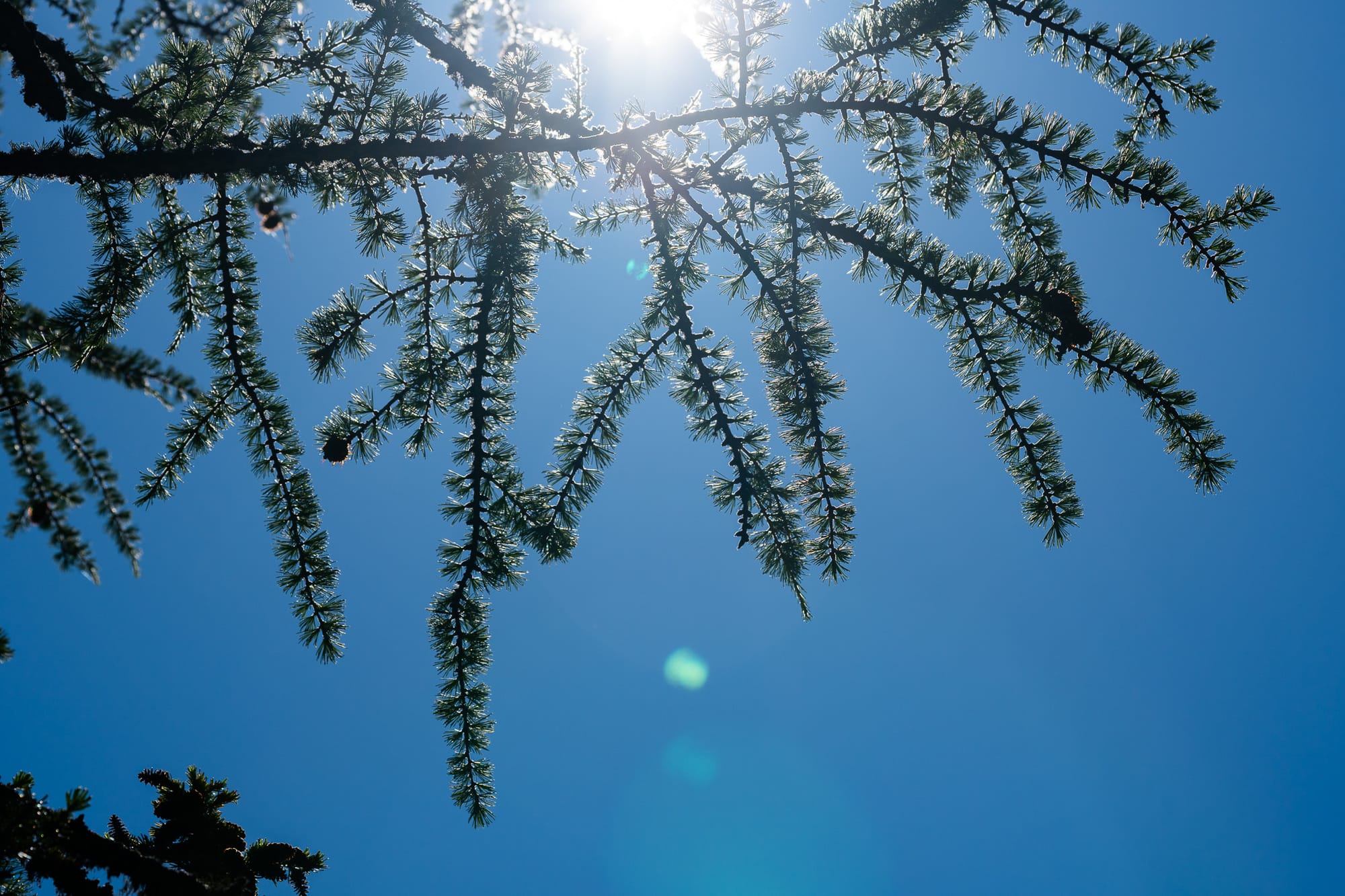
Depending on how far rays have to travel through our atmosphere, we end up seeing different colors. In the middle of the day with the sun directly overhead, rays travel a short distance; and when the sun is low in the sky, at sunrise and sunset, rays travel a much longer distance.
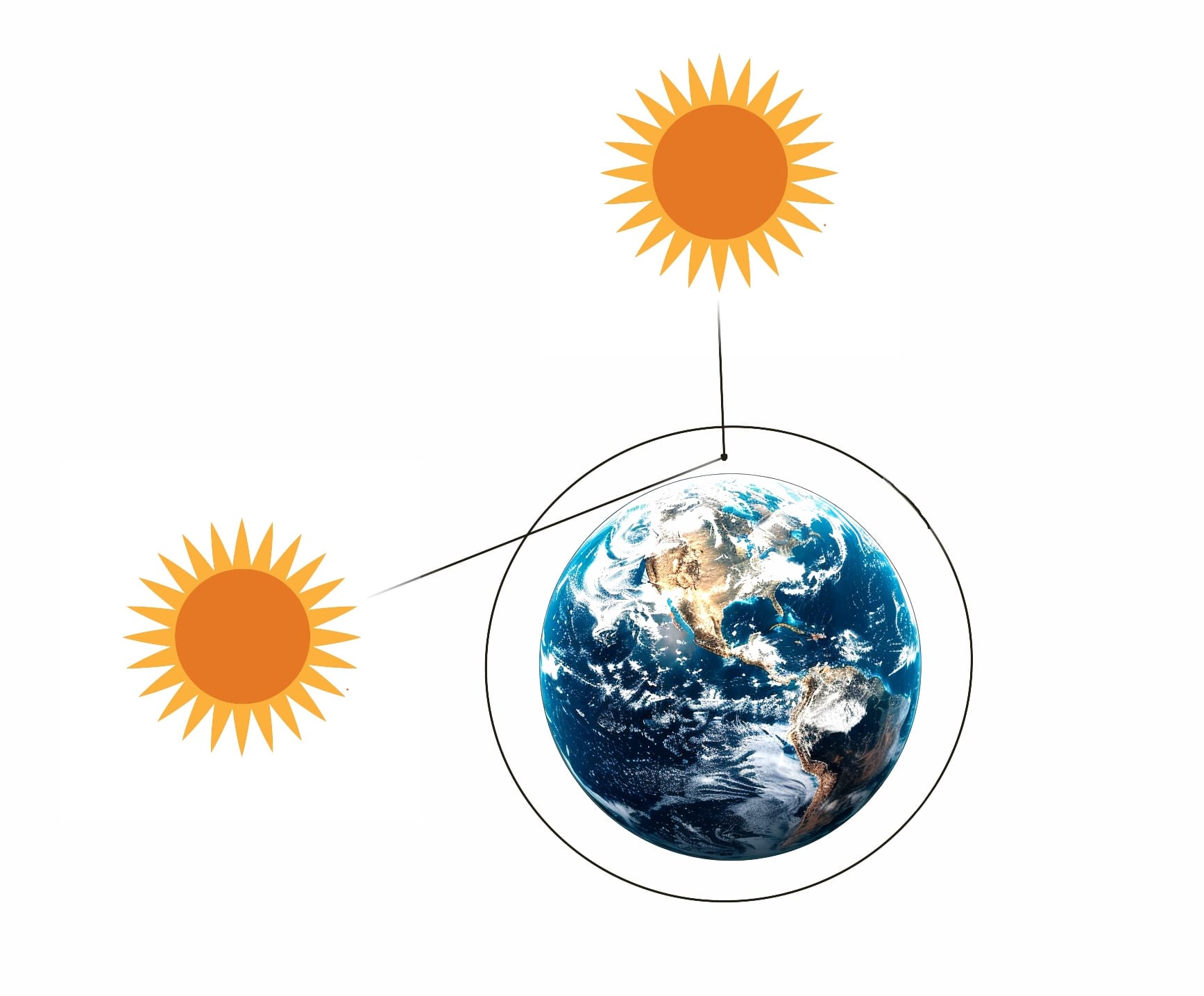
The sun's electromagnetic energy includes all parts of the visible spectrum, so the sun's color is white. But gases and particles in our earth's atmosphere absorb and scatter parts of the spectrum, giving the sky different colors.
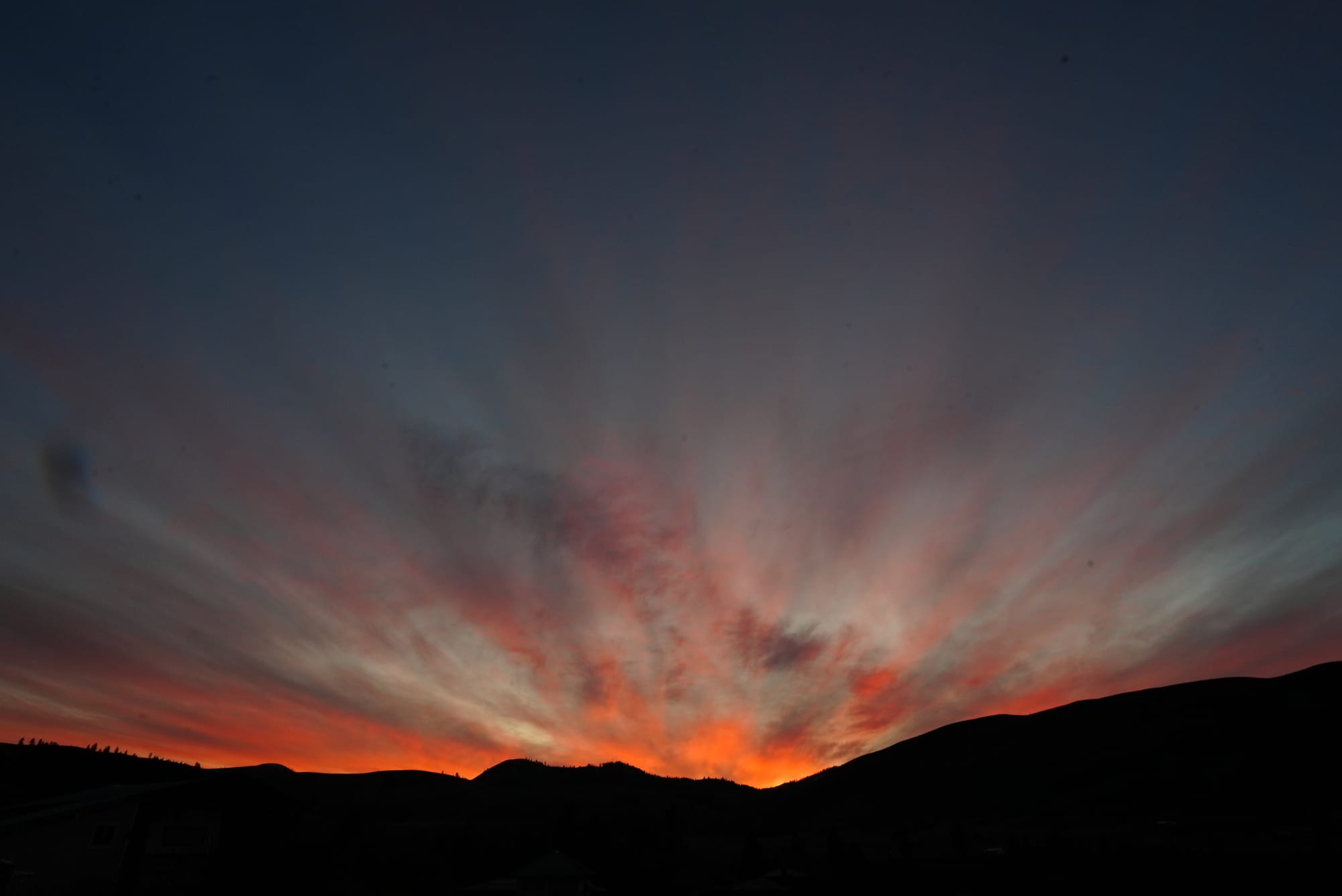
In the middle of the day, with a shorter distance to cover, the sun's rays encounter fewer gases and particles so more blue color reach the earth's surface and the sky looks blue to us. But at sunrise and sunset, with a longer distance to travel, the rays strike many more gases and particles, scattering more of the blue colors so we don't see them, and allowing oranges and reds to become the dominant colors we see instead.
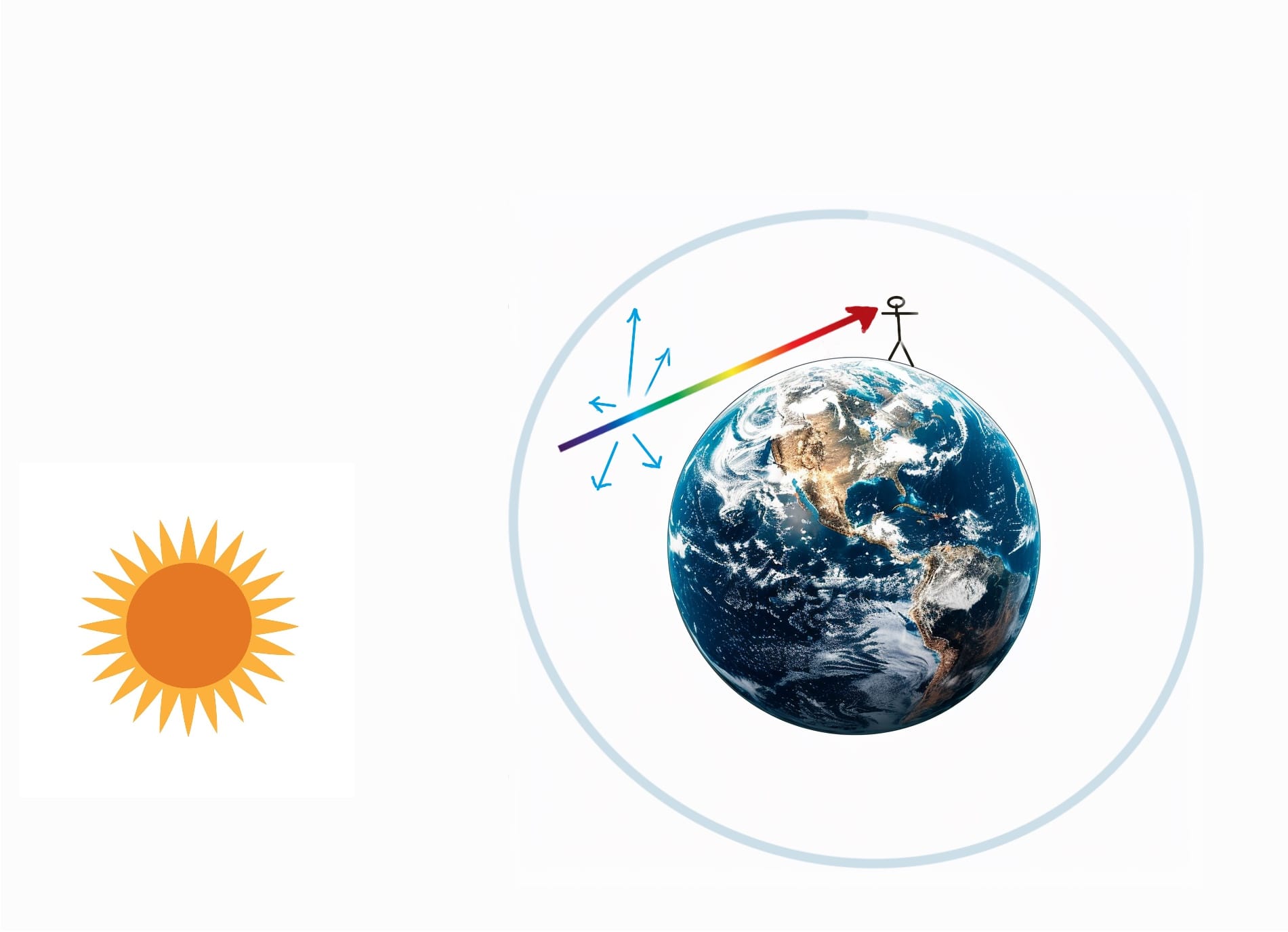
Ultimately, this process happens every sunrise and sunset, but the intensity and quality of the colors we see are dictated by whether clouds beyond the curvature of the earth's surface are blocking these low-angle rays of light or not.
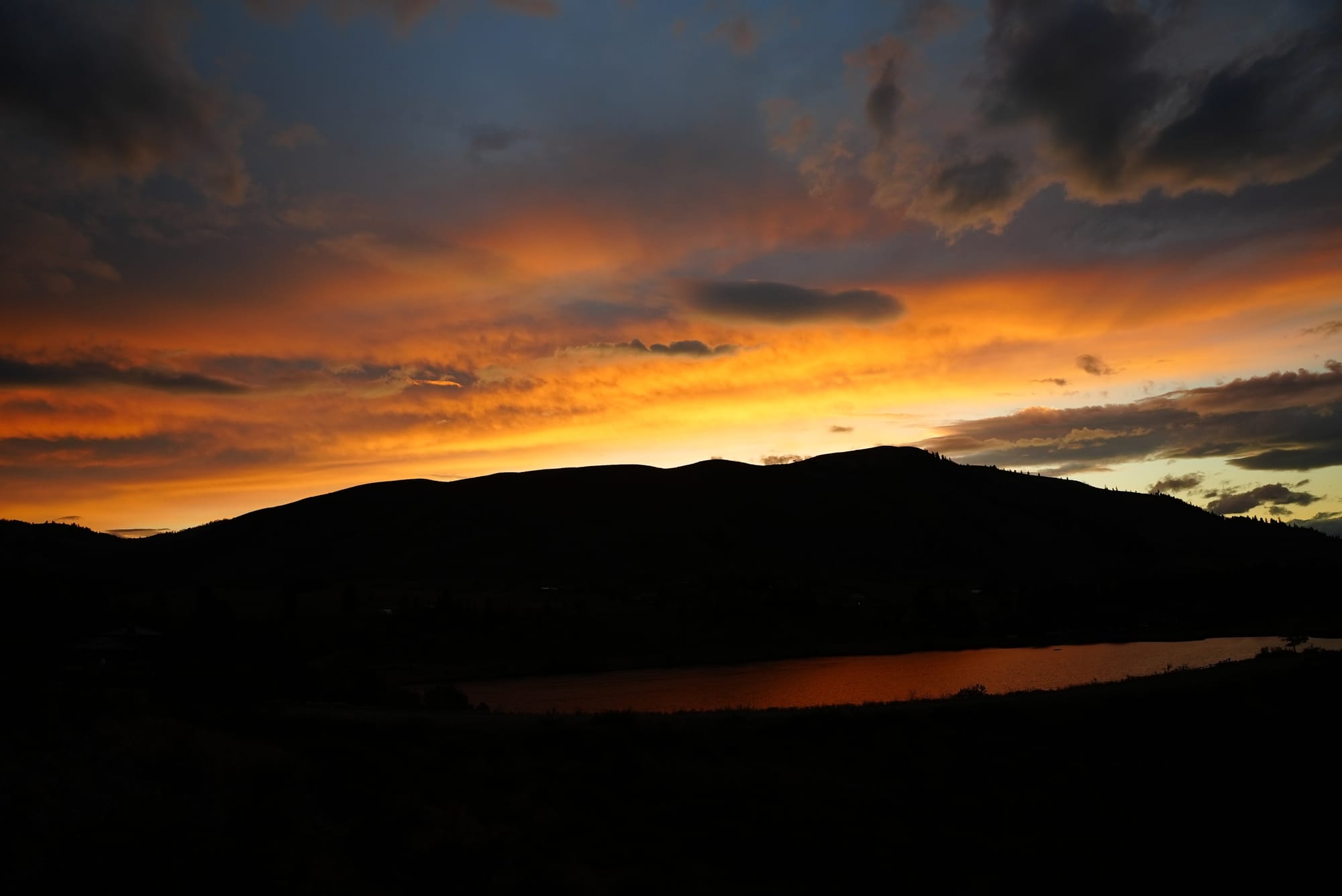
It also matters whether low- or high-pressure systems are impacting the density of gases and particles in the atmosphere over the horizon, which is why proverbs such as "red sky at night" can be fairly accurate indicators of changing weather.
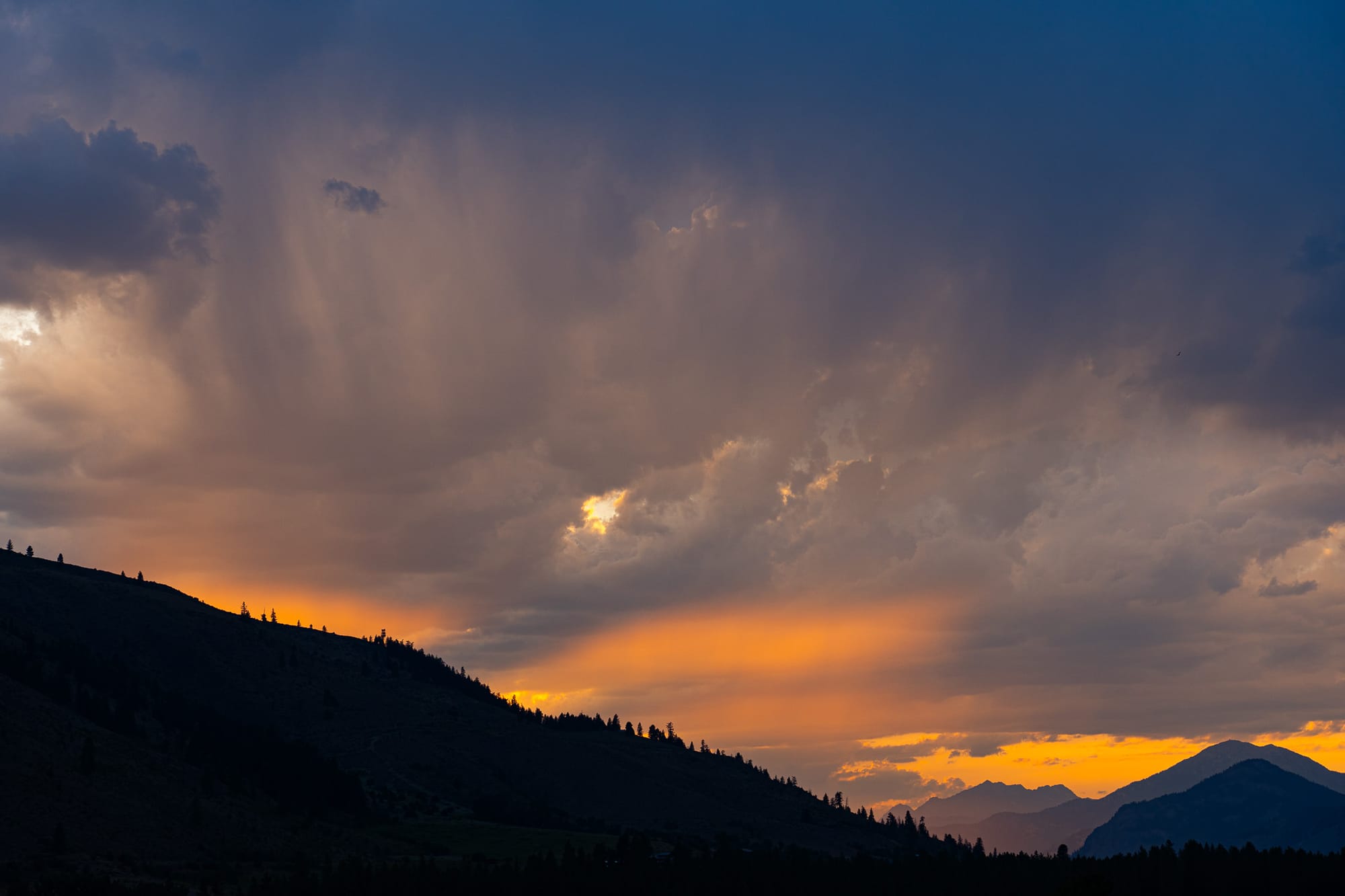
Growing up on the Oregon coast, I always loved the idea that the red colors of sunset are coming at us from over the curvature of the earth, as if they were a window into another world. To this day, no matter how much science I read about wavelengths and atmosphere, this deeply personal, mystical connection still matters the most to me.


Member discussion